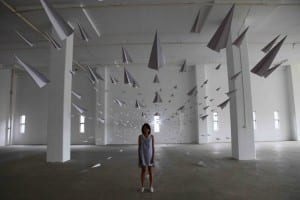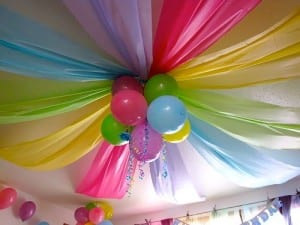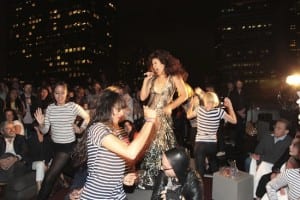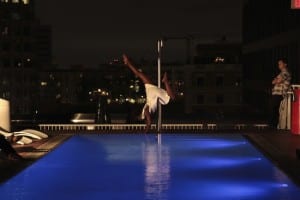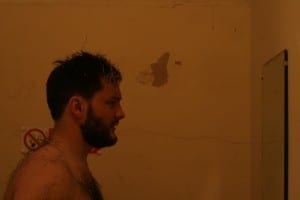 My performance Narrative was designed on myths, legends and facts, designed so that for each paragraph I would have an action to complete, such as putting mud on myself or drawing on myself with chalk:
My performance Narrative was designed on myths, legends and facts, designed so that for each paragraph I would have an action to complete, such as putting mud on myself or drawing on myself with chalk:
Have you ever wanted to be someone or something else? Have you ever wanted to have a bigger body, larger muscles, longer legs, a different nose, a new mouth, longer hair? but you can never quite grow it quick enough.
Is there anything you’d change about yourself and who you are, maybe different colour hair or eyes, perhaps you’d like to change the things you keep private… Any hair that grows in places you wish it didn’t.
Just Fragments of your personality that are twisted and not quite right, don’t you wish you could change?
I have, I spend everyday longing to be something else, I’ve spent years looking in a mirror wanting to be something else, craving to change. Seeing my faults and wanting them gone. Realising I’m not who I want to be.
I’ve always wanted to be a horse, something that stands the test of time. The Celts believed that people were carried to the next world on horseback, it was believed that they possess special powers. To become a Horse it’s important to understand human’s and horse’s souls, look in a mirror, it takes years of studying and self-perfection to realise the truth, admit your own faults, repent and start again. Born a new.
We can be so cruel to them though, did you know if a horse is to deep in mud it can get a disease called mud fever, the horse begins to lose hair and scab, think of it are any of those stables safe for horses, was this grandstand?
Similarly to us most of their speech is actually indirect body language or equine language, Most obvious to read is the horse’s overall body outline, also called his frame or topline. The topline of a horse is defined by the position of the horse’s head and neck, together with the upper curvature of a horse’s withers, back and loin. They raise their whole frame when excited, surely that isn’t much different to ourselves, at least they don’t lie to us.
Horse’s span the emotions of the person present with deep eyed accuracy. Then they make their own conclusions. Can you imagine it? A horse knows more about you in a minute than you’ll ever know about yourself.
They used to be sacred and now they’re just fodder. More horses died in the first year of the American Civil War than people. That’s all they are to us, slaves to do the jobs we don’t want to as we allow them to decay.
In Arthurian legend it was believed that some Horses would have magical bridles and if a knight found these horses they would transform into a beautiful woman. Can you imagine it, instant transformation, but can you imagine it the other way round, from horse into human.
They’re so intelligent, so healthy, galloping, trotting and cantering all serve vital functions in a healthy digestive system. Think how strong they are, why would you not want to be a horse?
It was once said that the horse represents the ‘mother within us’
Maybe we were all horses once decaying back to human form.
At the end of this narrative and the actions are complete I am left with a piece of live art, the transformation is complete.

